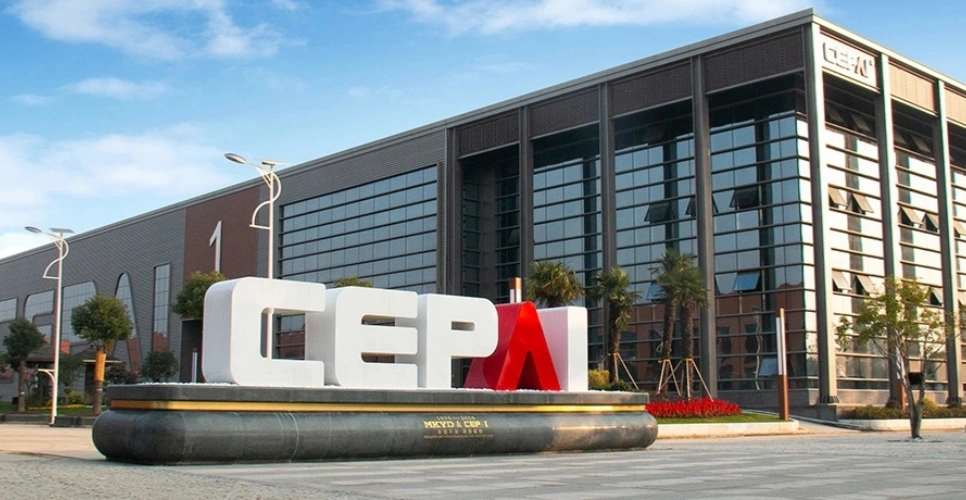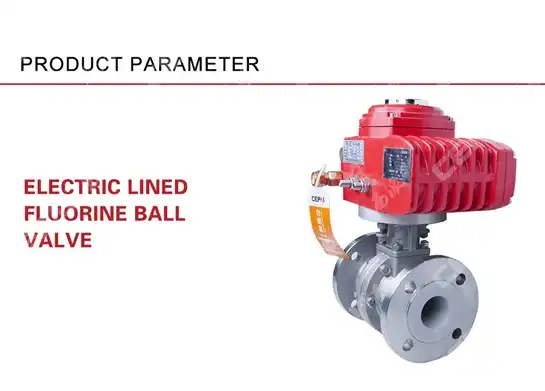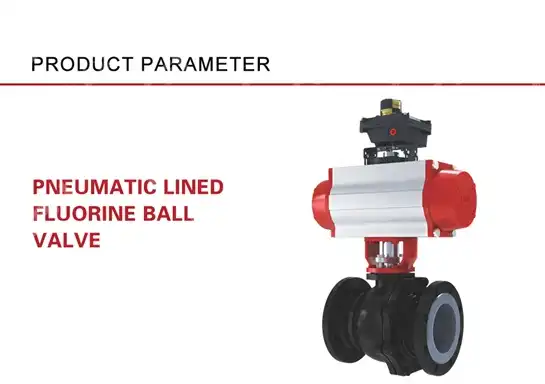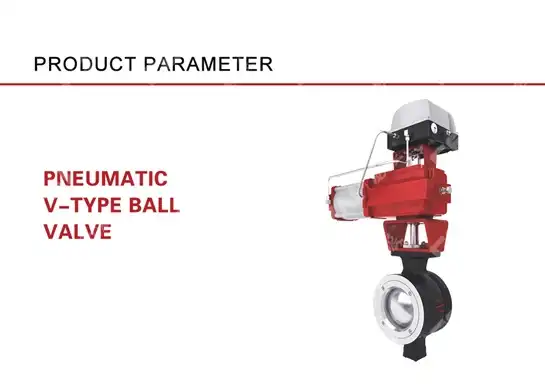Why Ball Valves Remain the Top Choice for High-Pressure Systems?
Imagine a catastrophic valve failure in your high-pressure oil and gas operation, resulting in production shutdown, safety risks, and millions in losses. This nightmare scenario haunts facility managers daily, yet choosing the right High-Pressure Ball Valve can prevent such disasters. Ball valves have consistently proven their superiority in demanding environments where system pressures exceed standard operational limits, offering unmatched reliability, quick shut-off capabilities, and minimal maintenance requirements that directly address the critical pain points faced by engineers managing complex industrial systems.

Understanding High-Pressure Ball Valve Design Superiority
The fundamental architecture of High-Pressure Ball Valve systems distinguishes them from alternative valve configurations in critical industrial applications. These valves employ a spherical closure element with a through-bore design that rotates ninety degrees to control flow, creating a robust mechanism capable of withstanding extreme operational conditions. The engineering principles underlying high-pressure ball valve construction incorporate advanced metallurgical considerations, precision machining tolerances, and sealing technologies that collectively ensure reliable performance under demanding pressure differentials.
-
Structural Integrity Under Extreme Conditions
High-Pressure Ball Valve construction utilizes materials specifically selected for their ability to maintain structural integrity when subjected to intense operational stresses. Advanced stainless steel alloys, hardened chrome-molybdenum compounds, and specialized nickel-based superalloys form the foundation of these critical components. The manufacturing process involves investment casting or forging techniques that eliminate internal weaknesses, followed by heat treatment protocols that enhance material properties. CEPAI Group's intelligent manufacturing facilities employ precision machining operations that achieve surface finishes and dimensional accuracies essential for maintaining seal integrity at elevated pressures, ensuring that each valve meets the stringent requirements of petrochemical, oil and gas drilling, and power generation applications.
-
Quarter-Turn Operation Advantages
The quarter-turn actuation mechanism inherent to High-Pressure Ball Valve designs provides operational advantages that directly translate to enhanced system safety and efficiency. Unlike multi-turn valve configurations requiring extensive rotation cycles, ball valves achieve complete shut-off through a simple ninety-degree movement, enabling rapid emergency isolation when critical situations demand immediate flow interruption. This characteristic becomes particularly valuable in high-pressure environments where delayed response times could result in catastrophic equipment damage or personnel safety incidents. The reduced actuation requirements also minimize wear on operating components, extending service intervals and reducing maintenance costs over the valve's operational lifespan.
Performance Characteristics in Critical Applications
High-Pressure Ball Valve performance metrics demonstrate measurable superiority across multiple operational parameters relevant to demanding industrial environments. The combination of minimal flow restriction, bidirectional sealing capability, and resistance to particle accumulation creates a valve solution that maintains consistent performance characteristics throughout extended service periods without the degradation commonly observed in alternative valve configurations.
-
Minimal Pressure Drop and Flow Optimization
The full-bore design characteristic of many High-Pressure Ball Valve configurations allows unrestricted fluid passage when the valve operates in the fully open position, creating a flow path equivalent to the connected piping diameter. This design principle minimizes pressure drop across the valve, preserving system energy efficiency and reducing operational costs associated with pumping or compression requirements. In high-pressure oil and gas production systems, where maintaining optimal flow rates directly impacts production volumes and revenue generation, the reduced restriction offered by ball valve designs provides tangible economic benefits. CEPAI Group's engineering expertise ensures that valve selection considers Reynolds number calculations, fluid viscosity characteristics, and system pressure ratios to optimize performance for specific application requirements.
-
Superior Sealing Performance
High-Pressure Ball Valve sealing systems incorporate advanced seat and seal designs that maintain leak-tight performance across wide pressure and temperature ranges. Modern high-pressure ball valves utilize resilient seat materials including reinforced polytetrafluoroethylene compounds, polyether ether ketone formulations, and metal-to-metal sealing configurations for extreme service conditions. The geometric relationship between the spherical ball surface and the seat elements creates a sealing mechanism that actually improves as system pressure increases, with upstream pressure forcing the ball against the downstream seat to enhance sealing force. This self-energizing characteristic distinguishes ball valves from designs requiring external force application to maintain seal integrity, providing reliable shut-off performance that prevents costly product losses and environmental contamination incidents.
Material Selection and Manufacturing Excellence
The selection of appropriate materials and adherence to rigorous manufacturing standards fundamentally determines High-Pressure Ball Valve performance and longevity in challenging operational environments. Material compatibility with process fluids, resistance to corrosion mechanisms, and mechanical properties under stress represent critical considerations that manufacturing organizations must address through comprehensive engineering analysis and quality control protocols.
-
Advanced Metallurgy for Extreme Environments
High-Pressure Ball Valve applications in petrochemical, offshore drilling, and power generation facilities demand materials capable of resisting corrosive attack while maintaining mechanical strength at elevated temperatures and pressures. Austenitic stainless steel grades provide excellent corrosion resistance for many applications, while duplex and super-duplex stainless steel alloys offer enhanced strength and resistance to stress corrosion cracking in chloride-containing environments. For the most demanding service conditions, nickel-chromium-molybdenum superalloys and specialized titanium alloys deliver performance characteristics unattainable with conventional materials. CEPAI Group's material selection expertise, supported by API specifications including API 6A and API 6D certifications, ensures that each valve configuration utilizes metallurgy appropriate for its intended service environment.
-
Precision Manufacturing and Quality Assurance
The manufacturing precision required for High-Pressure Ball Valve components demands advanced machining capabilities and comprehensive quality verification systems. CEPAI Group has invested 156 million yuan in intelligent transformation initiatives, establishing the longest high-precision intelligent manufacturing flexible production line in the Asia Pacific region. This advanced production infrastructure enables machining tolerances measured in microns, surface finish specifications achieving minimal roughness values, and dimensional accuracy verification through coordinate measuring systems and laser scanning technologies. Each valve undergoes rigorous testing protocols including hydrostatic pressure testing, cryogenic temperature cycling, and seat leakage verification to confirm compliance with international standards and customer specifications before shipment authorization.

Industry Applications and Performance Validation
High-Pressure Ball Valve deployment across diverse industrial sectors demonstrates the versatility and reliability of this valve configuration in addressing varied operational challenges. From upstream oil and gas production through downstream refining operations, from power generation facilities to chemical processing plants, ball valves have established performance records that validate their position as the preferred solution for high-pressure applications.
-
Oil and Gas Production Systems
The oil and gas industry represents the most demanding application environment for High-Pressure Ball Valve technology, with wellhead equipment, production manifolds, and processing facilities regularly operating at pressures exceeding 10,000 psi and temperatures ranging from cryogenic conditions to extreme thermal environments. CEPAI Group supplies high-pressure ball valves to major operators including PetroChina, Sinopec, and CNOOC, with valve designs incorporating features specifically engineered for hydrocarbon service. Fire-safe construction meeting API 607 requirements, anti-static device integration, and stem extension configurations for cryogenic applications represent specialized features addressing the unique challenges of oil and gas production. The company's wellhead valves, regulating valves, and emergency shut-off valve systems demonstrate the comprehensive valve solutions required for complete field development projects.
-
Power Generation and Chemical Processing
High-Pressure Ball Valve applications in power generation facilities and chemical processing plants demand reliable performance in high-temperature steam service, corrosive chemical environments, and applications requiring frequent operation cycles. Thermal power plants utilize high-pressure ball valves in feedwater systems, steam bypass circuits, and auxiliary process systems where rapid isolation capability and minimal maintenance requirements provide operational advantages. Chemical processing facilities employ ball valves in reactor feed systems, product transfer lines, and utility distribution networks where compatibility with corrosive media and resistance to fouling ensures long-term reliability. CEPAI Group serves prominent customers including China Datang Group, China Huaneng, Wanhua Chemical, and Yulong Petrochemical, providing customized valve solutions that address specific application requirements through comprehensive pre-sales technical consultation and engineering support services.
Conclusion
High-Pressure Ball Valve technology continues to dominate demanding industrial applications through superior design characteristics, exceptional sealing performance, and proven reliability across diverse operational environments. The combination of quarter-turn operation, minimal flow restriction, and robust construction positions ball valves as the optimal solution for high-pressure systems requiring dependable long-term performance.
Cooperate with CEPAI Group Co., LTD.
When your high-pressure operations demand uncompromising valve performance, CEPAI Group Co., LTD. delivers engineered solutions backed by comprehensive certifications and intelligent manufacturing excellence. As a leading China High-Pressure Ball Valve manufacturer and China High-Pressure Ball Valve factory with API 6A, API 6D, ISO 9001, and multiple SIL certifications, we provide High Quality High-Pressure Ball Valve products at competitive High-Pressure Ball Valve price points. Our China High-Pressure Ball Valve supplier capabilities include customized solutions, pre-sales technical support, and after-sales service guarantees. Explore our China High-Pressure Ball Valve wholesale options and discover High-Pressure Ball Valve for sale that meets your exact specifications. Contact our expert team at cepai@cepai.com to request detailed technical specifications, application engineering support, and competitive quotations. Bookmark this resource for future reference when selecting critical valve components for your high-pressure systems.
References
1. "API Specification 6A: Wellhead and Christmas Tree Equipment" - American Petroleum Institute Technical Standards Committee
2. "High-Pressure Valve Design and Materials Selection for Critical Service Applications" - Dr. Robert Smith, Journal of Pressure Vessel Technology, ASME
3. "Industrial Valve Selection Handbook: Engineering Fundamentals for Process Applications" - Peter Smith and Thomas Wilson, Technical Publishing House
4. "Advances in High-Performance Valve Manufacturing and Quality Assurance Systems" - International Journal of Manufacturing Engineering, Industrial Research Institute
_1746598557316.webp)
Get professional pre-sales technical consultation and valve selection services, customized solution services.

About CEPAI


